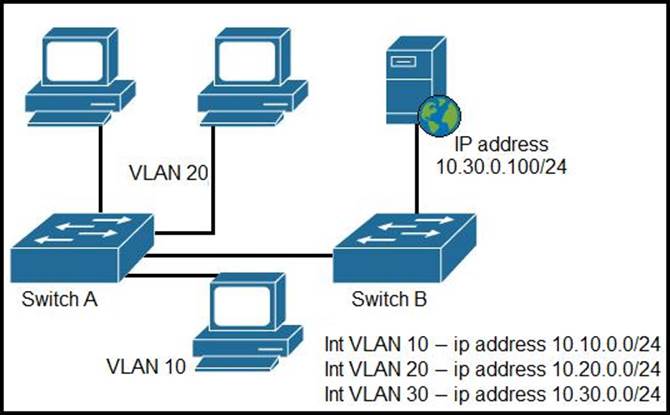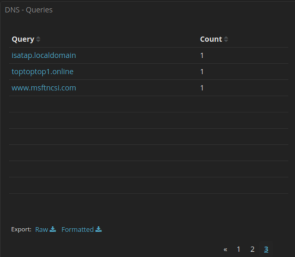

Quickly navigate Simulation mode to deepen your understanding of packet flow.Explore the various options in the Preferences window to further customize your experience. Finally, Packet Tracer typically defaults to hiding the port numbers used in a logical topology, but this is useful information at-a-glance, so turn this on by again using Options>Preferences (Ctrl+R)>Interface tab>Always Show Port Labels in Logical Workspace.

Beware of relying on this before you understand why given ports and cable types are necessary in different situations, and when you want to selectively choose your exact physical layout. Likewise, Ctrl-click the red-orange lightning bolt (Automatically choose connection type) under and click on each of your devices to have Packet Tracer dynamically choose a port and cable standard to quickly cable your devices.
Speed up device placement and visualization : This is a simple one, but if you aren’t already doing this, simply Ctrl-click when selecting a device to place from the bottom pane and then click multiple times in the workspace to place multiple copies of the device. 
You can safely ignore the new (Custom Interface) tab in the device window, while enjoying the larger window size. To remedy the issue, simply add a custom tab to the device window to force a larger window size: Options>Preferences (Ctrl+R)>Custom Interfaces>choose an option like “:index.html” in the dropdowns for Router, Switch, MLS and other devices you plan to use. Unfortunately, the default window size is such that output from the CLI, where you will generally be operating, will often be hard to read (try a “sh ip int brief” with default settings to observe this).
Change default device window size : By clicking on a router, switch, or other device icon in your network, you will see a popup with options to make physical changes to the device or to work in the GUI or CLI. The following are some simple hotkeys and shortcuts to improve your experience in Packet Tracer: Packet Tracer ( ) offers a way to visualize basic network topologies and packet flow while offering a subset of IOS features for practice configuration and troubleshooting. This article does not attempt to be exhaustive in detailing these shortcuts, but it should give you a head start when working with Packet Tracer and IOS. Depending on your lab environment-which may include live Cisco equipment, as well as simulators like Cisco Packet Tracer, Graphical Network Simulator-3 (GNS3), or Cisco Virtual Internet Routing Lab (VIRL)-you will also find that there are numerous time-saving features and hotkeys to expedite basic configuration activities. Time Saving Tips for CCNA Preparation in Packet Tracer and IOSĪs you prepare for the practical elements of your CCENT or CCNA exam, you will often find yourself repeating certain key commands and configuration activities.







 0 kommentar(er)
0 kommentar(er)
